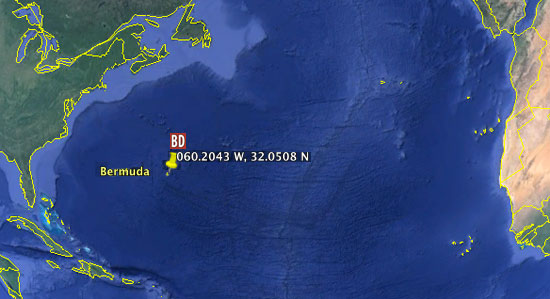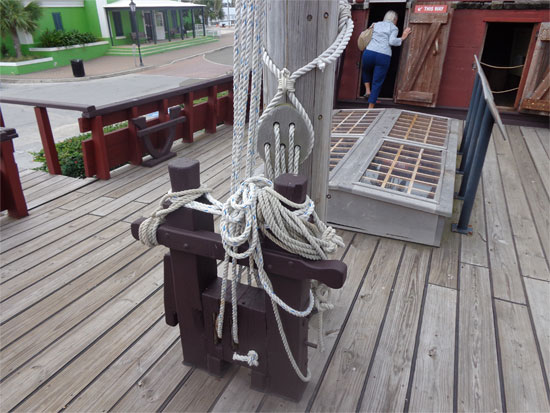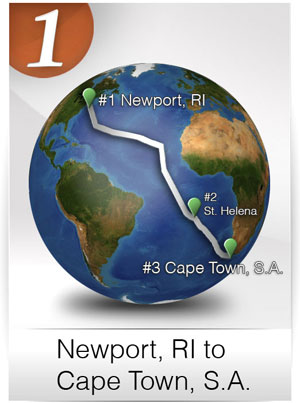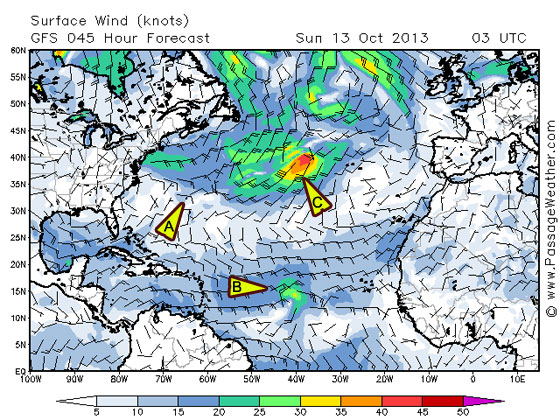 :: LATEST NEWS: MONDAY AM – 10.28.13 – I pulled into the trade winds Sunday morning, and have since been sailing with them. Windy and bumpy conditions are making it hard to write anything. Lots of squally conditions that require constant attention to the boat. At present, I’m about 1100 miles from my first waypoint. Click the image on the right (or the link here) to follow our path on a fun site called Spot Adventures!
:: LATEST NEWS: MONDAY AM – 10.28.13 – I pulled into the trade winds Sunday morning, and have since been sailing with them. Windy and bumpy conditions are making it hard to write anything. Lots of squally conditions that require constant attention to the boat. At present, I’m about 1100 miles from my first waypoint. Click the image on the right (or the link here) to follow our path on a fun site called Spot Adventures!
So, going back a few days and catch up on a few things …
:: FRIDAY AM – 10.25.13 – Early Friday morning, the wind shut down as predicted by our weather gurus, and I had to turn on the motor and begin working my way south toward the trade winds … approximately 240 miles away. Initially, we moved through water which had this weird oily slick on it … not a breath of air anywhere – a kind of surreal stillness overall.

Oily Looking Water – 50.4135W, 28.4361N
I motored all day Friday and for a while after sunset, when a hint of wind began to fill in. I thought perhaps I had gotten lucky and the trade winds had come north to meet me! So, I set the sails and enjoyed a night of gentle sailing to the southeast and towards my waypoint! It was easy sailing, which made napping through the early morning hours unusually comfortable … until near sunrise. At that point, the wind shifted more to the south and a sky full of squalls began developing to the southeast.
The first set of squalls missed us and I began to feel left out, as I was looking forward to another fresh water rinse. We did catch the edges of the last couple of squalls and we did get rinsed off some. You could see though that this fun would be short-lived, and soon enough fairer skies returned along with calmer winds. So it goes … puffed by the winds, rebuffed by the winds … the ways of the sea and Mother Nature … asking you to make progress in whatever way she allows. By sunset, with the winds diminishing even more, I returned to motor sailing.

Still Blue Water – 50.5058W, 28.6860N
Once I get into the trade winds, I should be able to sail pretty much in the direction I want at a pretty positive pace which should have me crossing the equator and entering the southern Atlantic Ocean towards the end of the week. I certainly hope so! At less than 100 miles a day, it feels right now as though Cape Town is a couple of years away!
 :: RECALLING THE DAYS: Frustration in the face of nature is a constant in any sailor’s life. I remember back in the late 1970’s when I was working with one of our now sponsors, Hurricane Island Outward Bound School, that a big part of our “curriculum” and our experience was working through frustrations each and every day we were out on the water.
:: RECALLING THE DAYS: Frustration in the face of nature is a constant in any sailor’s life. I remember back in the late 1970’s when I was working with one of our now sponsors, Hurricane Island Outward Bound School, that a big part of our “curriculum” and our experience was working through frustrations each and every day we were out on the water.
Putting everyday people into situations that required them to collectively problem-solve, overcome fears, and work past the fatigue and irritation can push you to your limit, but in the end anyway … leave you with many grand memories and life lessons. It usually took a week or so for everyone on the course to come to grips with being always tired and worn out, always a bit hungry, always a bit dirty but also always a bit closer to one’s core instincts and energies for life and survival.
I remember one particularly frustrating morning, rowing the pulling boats all morning up the bay and then realizing we weren’t going anywhere, because the tide was flowing in as fast as we were rowing out. But once the tide changed, life for all of us changed as well … grumpy people turned funny, hungry people turned optimistic, tired people turned excited. And, let me tell you, dinner NEVER tasted so good.
A Golden Sunset
:: ONWARD WE GO: So, recalling the many hard-won lessons of that time, I look forward to following the changes in my own attitude once the winds start to take me where I want to go. When you come to be able to put the pluses and the minuses side by side, then you can better recognize and more fully appreciate the value of each. I mean, can you ever really know the pleasure of warm and dry, if you haven’t experienced cold and wet?
So it is, I’m thinking now about things like a frosty Pepsi, hot French fries, warm freshwater showers, soft places to sit … all those things … that float out there like reflections on the water … and in contrast with what is right in front of me. Out of this back and forth … spill the many pleasures of life. That’s another advantage to logging thousands and thousands of miles … you learn to hang in there, because you know that eventually, you’ll get where you’re going.
So, at the moment, I’m about halfway between the start in Newport, RI and my first waypoint heading into “the doldrums” … it’s about 1,400 miles each way now. That’s always a good feeling, hitting those halfway points! And, if the winds provide, I can make that distance in about a week. It would be nice to end October and start November in a new waters being pushed by new winds!
More when the seas settle down.
– Dave & Bodacious Dream
46.4851W, 23.2120N



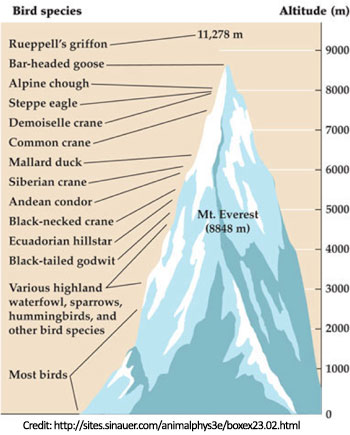


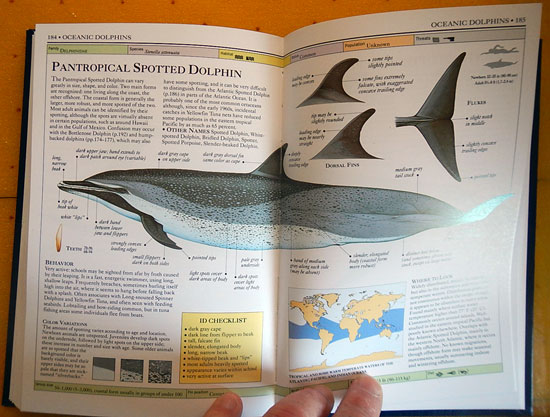



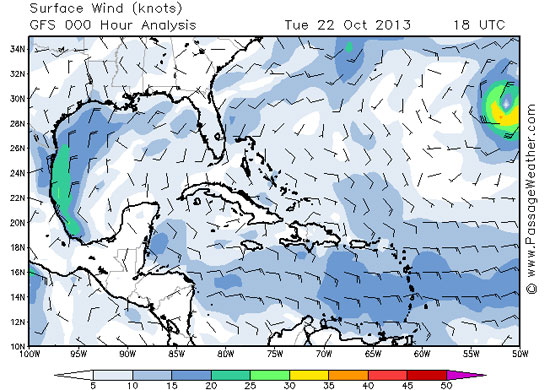



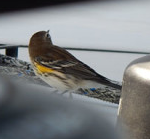 “I’m happy to report that Dave’s bird sighting has been
“I’m happy to report that Dave’s bird sighting has been 

